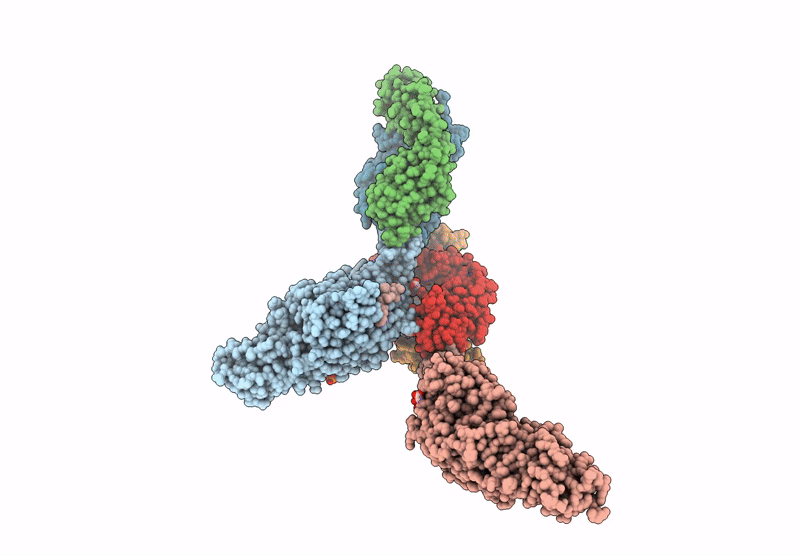
Deposition Date
2024-01-09
Release Date
2025-03-12
Last Version Date
2025-03-19
Entry Detail
PDB ID:
8RMY
Keywords:
Title:
Transglutaminase 3 in complex with inhibitor Z-don and DH patient-derived Fab DH63-A02
Biological Source:
Source Organism:
Homo sapiens (Taxon ID: 9606)
synthetic construct (Taxon ID: 32630)
synthetic construct (Taxon ID: 32630)
Host Organism:
Method Details:
Experimental Method:
Resolution:
2.90 Å
R-Value Free:
0.24
R-Value Work:
0.19
Space Group:
I 1 2 1


